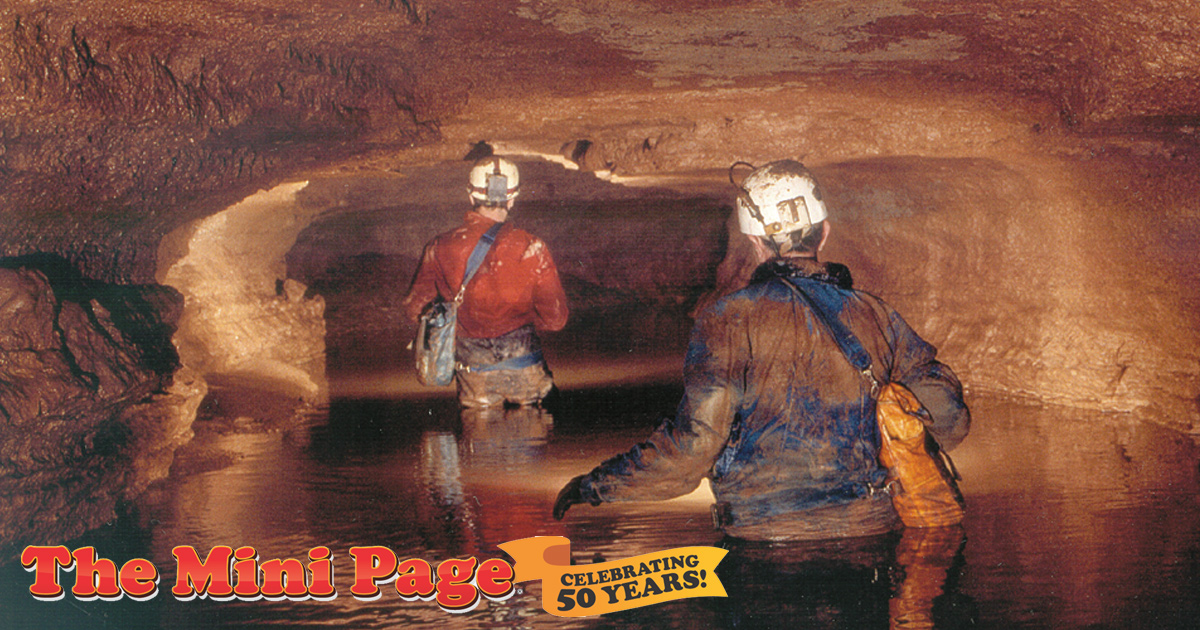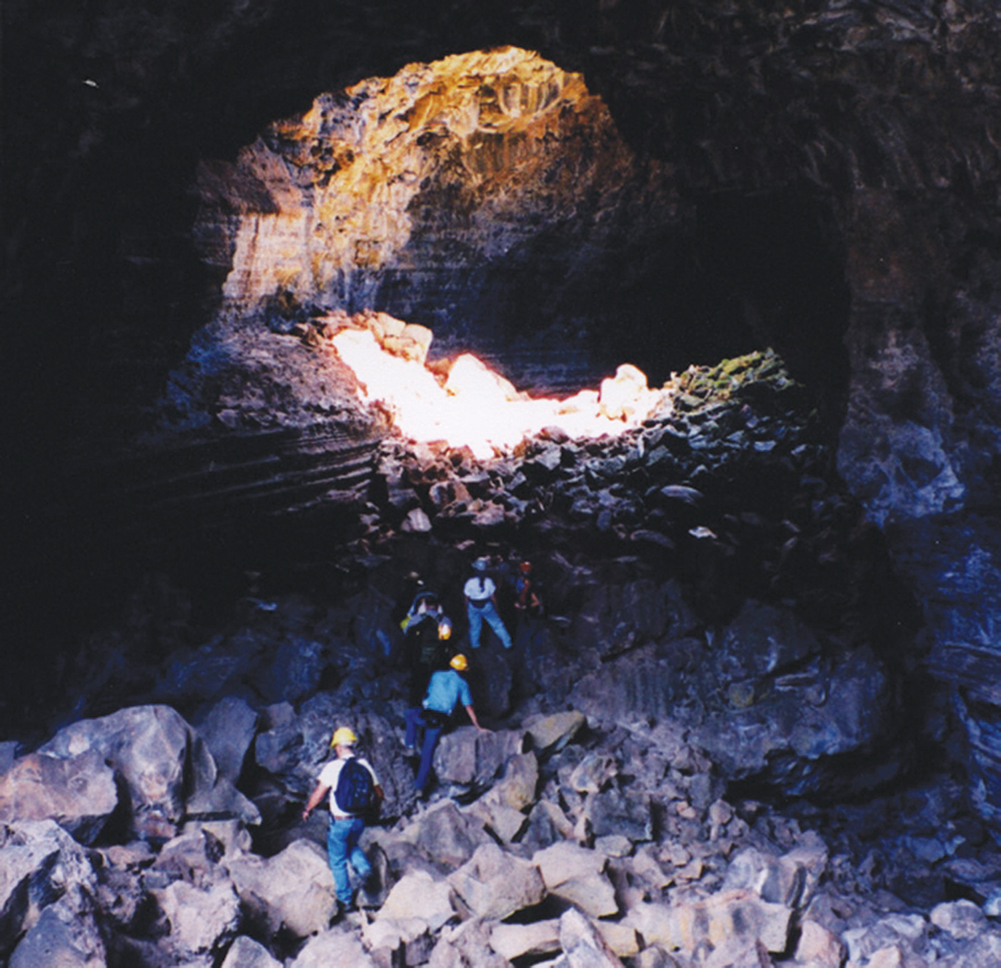
AMP | Kids is proud to announce an ongoing partnership with The Mini Page, now in its 50th year of providing engaging and fun learning opportunities to young readers across the country. This feature was originally syndicated in newspapers the week of August 31 – September 5, 2019. It is distributed digitally here with permission from Andrews McMeel Syndication. Enjoy and share with the young learners in your life!
Last week, we learned about how caves are formed and what types of formations and animals are found inside them. This week, let’s go exploring ourselves. A speleologist (spee-lee-AHL-uh-jist) is a scientist who studies caves. They can be experts in different things about caves. For instance, some are geologists. They study how caves are formed. Some are biologists. They study plants and animals that live in caves. Others explore and map caves as their hobby. They are called spelunkers (spee-LUNK-ers), or cavers.
Human exploration

Edouard-Alfred Martel
Of course, the first cave explorers were ancient people. Go back some 30,000 years and you will find people were exploring caves. Back then, people sought shelter in caves from the cold, rain and snow. To light their way, they carried torches or stone lamps. They burned animal fat for fuel. One famous cave scientist was a man named Edouard-Alfred Martel. He lived in France from 1859 to 1938. As a little boy, Martel loved caves. He worked hard to measure caves and took careful notes about what he found in them. He also developed special ways of using ropes and safety equipment to make cave exploring safer. Martel explored thousands of caves in his lifetime and started the first international society to study them. He is remembered today as the father of speleology.
Safe exploring
Caves can be dangerous places. You can get lost in the dark. Rocks or boulders could fall on you. If you go into a cave, follow these basic rules.
- Never explore caves alone. Go with at least two other companions. Kids should go only with an adult.
- Tell other people where you are going and when you will return.
- Always carry three sources of light: a helmet-mounted light, a flashlight and a backup light. Take more batteries than you think you will need.
- If you get lost, stay where you are until help arrives.
- Don’t touch cave formations. It takes hundreds of years for a stalactite to form. If you break one, you have damaged the cave for a long time.
Cave explorers have a motto: “Take only pictures, leave only carefully placed footsteps, kill nothing but time.”
Two cool caves
 Carlsbad Caverns National Park in the Guadalupe Mountains in New Mexico
Carlsbad Caverns National Park in the Guadalupe Mountains in New Mexico
Special features:
- the Big Room, one of the largest cave chambers in the world. It could hold six football fields.
- some of the world’s largest stalactites and stalagmites.
- Mexican bats. Hundreds of thousands of bats, which summer in the cave, fly out at sunset to hunt for food.
- wall paintings by American Indians.
Mammoth Cave near Cave City, Kentucky
Special features:
- several rivers, lakes and waterfalls.
- spectacular stalactites and stalagmites.
- blind fish and crayfish that live in the rivers.
Resources
On the Web:
At the library:
-
Caves: An Explorer Travel Guide by Anna Claybourne
Teachers: For standards-based activities to accompany this feature, visit Andrews McMeel Syndication. And follow The Mini Page on Facebook!
